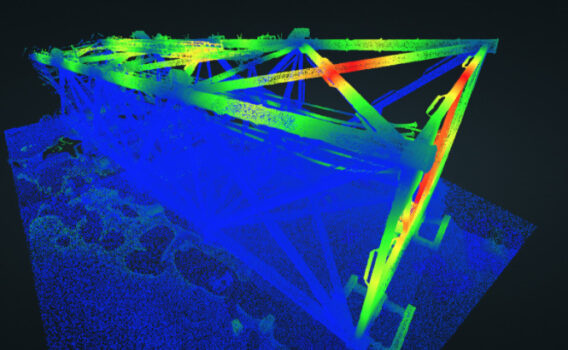Enterprise A.I
Alteia Blog
The keys for a successful A.I application deployment

Most artificial intelligence (A.I) projects fail to scale. About 80% never reach full deployment, according to Gartner Research. While A.I has a very strong development potential, a certain number of obstacles can slow its deployment. In fact, going beyond PoC (Proof of Concept) stage requires greater accessibility of data, strong data ingestion pipelines and the deployment of highly flexible platforms that adapt to specific business needs and offer monitoring tools to ensure the highest level of performance over time.
A.I applications, including visual intelligence, represent the convergence of four technologies: elastic cloud computing, visual data, IoT sensor networks, and A.I and machine learning (ML). But at the end of the day, an A.I application is similar in many ways to traditional enterprise software. From an operational standpoint, an A.I application will go through the same phases throughout its lifecycle: application development, deployment and operations, and ongoing maintenance. As such it is necessary to build a platform that focuses not only on the algorithms, but also the tools to ingest data easily, maintain and improve the performance of the algorithms over time, and integrate seamlessly into the existing enterprise software ecosystem. In fact, in enterprise ML systems, the algorithm is <5 % of the code. The required surrounding infrastructure is vast and complex to cover all the aspects mentioned above.
A flexible architecture to support changing requirements
Once in production, A.I and ML models generate inferences (e.g., predictions, forecasts, classifications, segmentation, object detection) based on the incoming data and trigger alerts or downstream actions. An enterprise A.I platform should support continuous analytic processing, manage the inference workload required by the business use case, and offer a flexible distributed architecture to support changing requirements (such as data volume, model inference frequencies, or number of end users).
Monitoring model performance over time
Unlike typical enterprise software, enterprise AI applications require much more attention and ongoing rigorous monitoring once in production. This is called incremental learning. Incremental learning is a machine learning paradigm where the learning process takes place whenever a new example or situation emerges, and adjusts based on what has been learned according to the new example. The most prominent difference of incremental learning from traditional machine learning is that it does not assume the availability of a sufficient training set before the learning process, but the training examples appear over time. Incremental learning is important because the model performance (defined as prediction accuracy, precision, or recall) doesn’t really stay constant and will change over time depending on external factors, or the apparition of new situations, a phenomenon called model drift. To sustain a high level of performance, an enterprise A.I platform should offer a comprehensive ML Ops framework to monitor model performance, detect model drift, track machine learning features, capture business feedback from end users, and trigger incremental learning seamlessly.
An adaptable deployment model
Lastly, each organization has unique deployment requirements as defined by their underlying cloud and data strategies, country-specific regulation, and security requirements. An A.I application might need to use data stored in a private cloud, leverage microservices from a third-party, or publish insights to another public cloud. An A.I platform should offer deployment flexibility and support multi-cloud, hybrid-cloud, private-cloud, and edge deployments to address varying requirements across the enterprise.
___
What is visual intelligence ?
Visual intelligence is a subset of enterprise A.I that leverages visual data and artificial intelligence techniques as fundamental layers to drive digital transformation.
___
About Alteia
Alteia is the Visual Intelligence Platform for Enterprise. Alteia offers a comprehensive software platform that enables enterprise customers to leverage visual data in order to make better decisions. With Alteia, data scientists, business analysts and operation teams can all work together around a central repository of all their visual data, where they rapidly build predictive models and tailored high-value business applications.
Warning: Trying to access array offset on value of type null in /home/sftpuser/alteia.agencejill.com/wp-content/themes/alteia/single.php on line 151
Next articles














